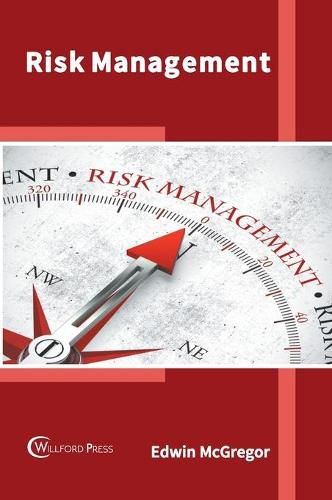Readings Newsletter
Become a Readings Member to make your shopping experience even easier.
Sign in or sign up for free!
You’re not far away from qualifying for FREE standard shipping within Australia
You’ve qualified for FREE standard shipping within Australia
The cart is loading…






The identification, evaluation and prioritization of risks is referred to as risk management. It also involves the application of resources to minimize, control and monitor the probability and impact of unfortunate events. Risks can come from a number of different sources such as uncertainty in financial markets, natural causes and disasters, deliberate attack from adversaries, threats from project failures and credit risk. There are some guiding principles for risk management. These state that risk management should create value, be tailorable, take human factors into account and be dynamic. The strategies that are used to manage threats include reducing the negative effect or probability of the threat, avoiding the threat, and retaining some or all of the potential or actual consequences of threat. Most of the topics introduced in this book cover new techniques and the applications of risk management. It presents the complex subject of risk management in the most comprehensible and easy to understand language. The book is appropriate for students seeking detailed information in this area as well as for experts.
$9.00 standard shipping within Australia
FREE standard shipping within Australia for orders over $100.00
Express & International shipping calculated at checkout
The identification, evaluation and prioritization of risks is referred to as risk management. It also involves the application of resources to minimize, control and monitor the probability and impact of unfortunate events. Risks can come from a number of different sources such as uncertainty in financial markets, natural causes and disasters, deliberate attack from adversaries, threats from project failures and credit risk. There are some guiding principles for risk management. These state that risk management should create value, be tailorable, take human factors into account and be dynamic. The strategies that are used to manage threats include reducing the negative effect or probability of the threat, avoiding the threat, and retaining some or all of the potential or actual consequences of threat. Most of the topics introduced in this book cover new techniques and the applications of risk management. It presents the complex subject of risk management in the most comprehensible and easy to understand language. The book is appropriate for students seeking detailed information in this area as well as for experts.